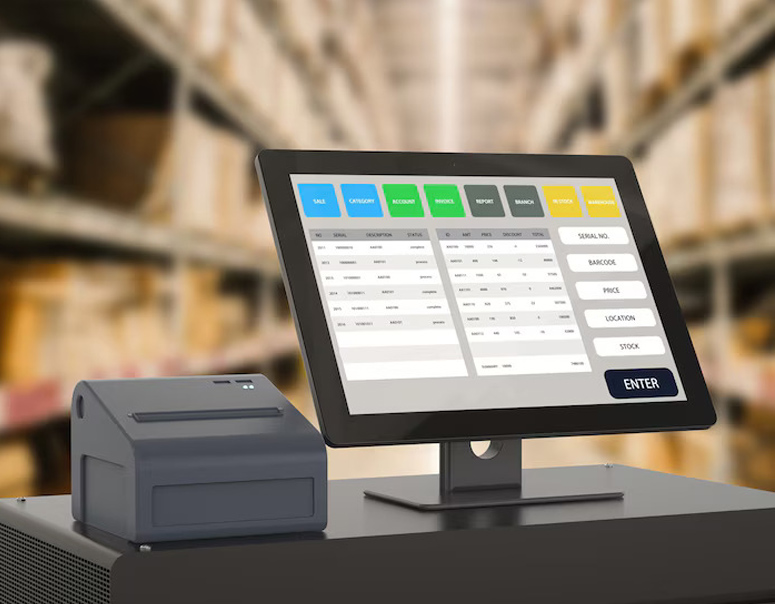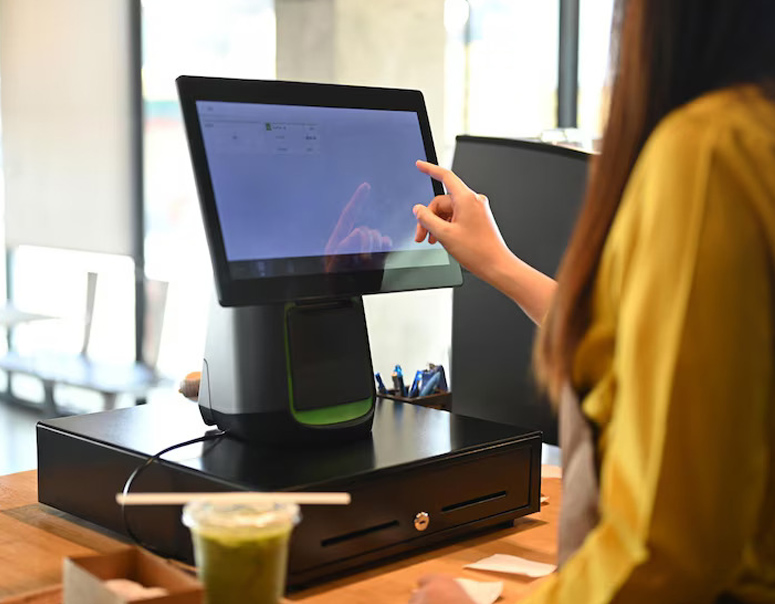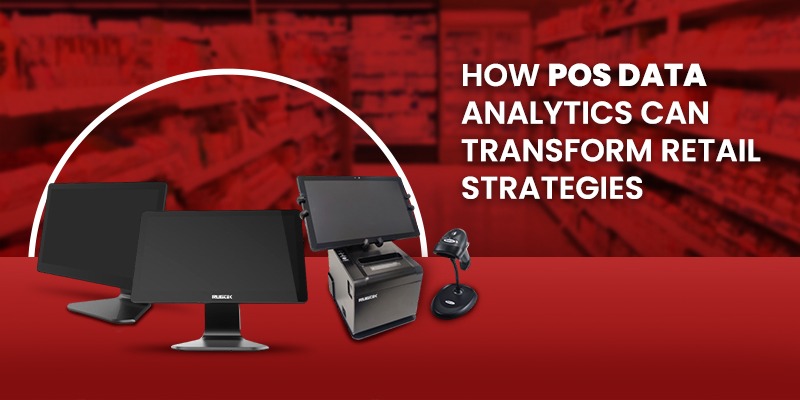How POS Data Can Help With Retail Strategy Optimization
POS data plays a very significant role in optimizing the retail strategy as it gives information about customer behavior, inventory management, sales performance, and overall business operation. POS data helps retailers optimize their strategy in areas such as product assortment, pricing, customer engagement, and store operations. Here is how POS data can be used to optimize retail strategy:

Product Assortment
POS Data analytics in retail informs retailers about the types of products that sell best. From sales data, retailers are in better positions to determine which products generate the most revenue. This enhances focusing on restocking products that usually sell fast. POS provides retailers with information about slow-moving stocks or unsold stock. Either product lines are discontinued or particular point-of-sale offers are created to clear excess stock. Using the sales data by product line or category group, retailers maximize the placement of items at store sections, thus placing best-selling items in high-traffic zones and offering a potential increase in sales.
Optimizing Pricing Strategy
Price is the most significant variable in a retail strategy. POS data precisely refines pricing tactics, providing information that is detailed about the kind of customer response at any particular price change, how the demand changes, or competitor’s pricing information. With such data, retailers become adept at tracing price elasticity because they can track down fluctuations at different price points. Through tracking and analysis of data from POS regarding the effectiveness of the sales and promotions carried out, the retailers will be able to determine suitable levels for discount placement to maximize revenue without affecting profit margins.
Personalization
Since the POS maintains records of the purchases made by individual customers, a retailer can communicate individualized offers, discounts, or loyalty rewards based on preference, for repeated transactions, and thus proper brand loyalty can be created. Based on the purchasing behavior of the customers, the data recorded in POS will help to predict future trends of transactions for the retailer. It can be used to design custom marketing campaigns or even to formulate new schemes of loyalty for likely needs for the future.
Inventory Management
One of the biggest benefits of using POS data is efficient inventory management. When retailers know exactly how many units of any item are selling at a particular point in time, they can order products in the right quantities and, therefore, manage the supply chain effectively.
Efficiency of the Promotional and Marketing Plan
POS data helps know which promotional campaign and marketing effort was most effective and which was the least. From POS data, the ROI on promotion can be directly calculated by correlating the sales increases to their marketing efforts and finding out if the promotional costs were justified by the sales push. By integrating the POS data with customer demographics and purchasing history, retailers have an opportunity to do extremely targeted marketing that maximizes the relevance and appeal of every message.

Optimization of Store Operations and Performance
POS data delivers insight into operational effectiveness, including sales per square foot, employee performance, and time when the store gets peak traffic. These statistics help retailers optimize day-to-day operations in their stores. Real-time transaction analysis enables the retailer to know when their store is busy, meaning neither over nor understaffed. This will have the resultant effect of providing excellent customer service while enabling the operations to be maintained efficiently. POS data helps in knowing the peak hours when sales are maximum. These analyses will help in optimizing store hours, staffing schedules, and promotional timing.
Omnichannel Strategy Optimization
For the ones that have a physical store and an e-commerce channel also, POS data can be really important for providing an omnichannel experience where there is consistency across all touchpoints. With the alignment of the POS platform with e-commerce systems, retailers can achieve real-time visibility of the inventory in both online and offline stores, thereby minimizing the chance of overselling and enhancing stock management. POS data helps retailers put up their promotions in both channels – physical and online. This will make the shopping experience of a consumer seamless.
Sales Forecasting and Business Planning
POS data will help obtain precise sales forecasting, hence planning for future business requirements, crafting achievable targets for sales, and ensuring the right resource allocation accordingly. POS data also exhibits long-term trends in which sales are improved by customers’ preference shifts and other such factors. Thus, using this data, a retailer is better prepared to plan future product lines and marketing strategies. A retailer can understand how a particular store or category of product is performing to adjust growth strategies like location opportunities, profitable line expansions, and eliminating poor-performing areas.
Customer Experience Optimization
POS data can enable retailers to find opportunities to enhance customer experience either through online or offline channels because they can get more detailed insights into customer preferences, pain points, and other purchasing habits. Introducing customer feedback tools in a POS would help retailers analyze the satisfaction of customers by tracking satisfaction scores or reviews with purchase data or points of improvement.
Environmental Sustainability and Waste Reduction
POS data helps retailers move towards sustainable ways by optimizing their inventory turnover and waste reduction and enhancing the efficient use of their supply chain. Analysis of POS data and inventory will result in fewer cases of overstocking, thus a lesser possibility of unsold products being discarded or disposed of at heavy discounts.
Rugtek’s POS Systems

Smart Tablet POS
It is user-friendly and has no cables. The Smart Tablet comes with a storage of 32 GM EMMC flash and a resolution of 800*1200 pixels. The Smart Tablet POS comes with a 180-degree screen swivel. It pairs well with other devices that are used for retail operations, which will help run your business effectively.
RTP 3

RTP 3 is a 15.6” multi-touch screen with an anti-interference PCAP screen. It has HD and FHD display options with a resolution of 1920*1080. RTP 3 works well with Android 11.
RTP 2 PLUS
RTP 2 PLUS is a versatile 15.6” single screen. It makes managing large-scale operations easy since it supports both Google Mobile Services and Mobile Device Management. RTP 2 Plus provides an option to connect a second screen of 10.1”. It has intuitive touch performance and has two display options (FHD & HD).

Conclusion
POS data is very useful for refining and optimizing retail strategies. Such data can indeed help retailers track real-time sales trends, patterns of customer behavior, inventory levels, and operational efficiency. With data-driven decisions thus developed across several business aspects, retail businesses can streamline operations, enhance product assortments, fine-tune the pricing strategy, and deliver a personalized experience to customers. Rugtek is an expert at manufacturing POS systems with different variants to choose from. Rugtek’s POS systems will stand the test of time and help make your business profitable.


